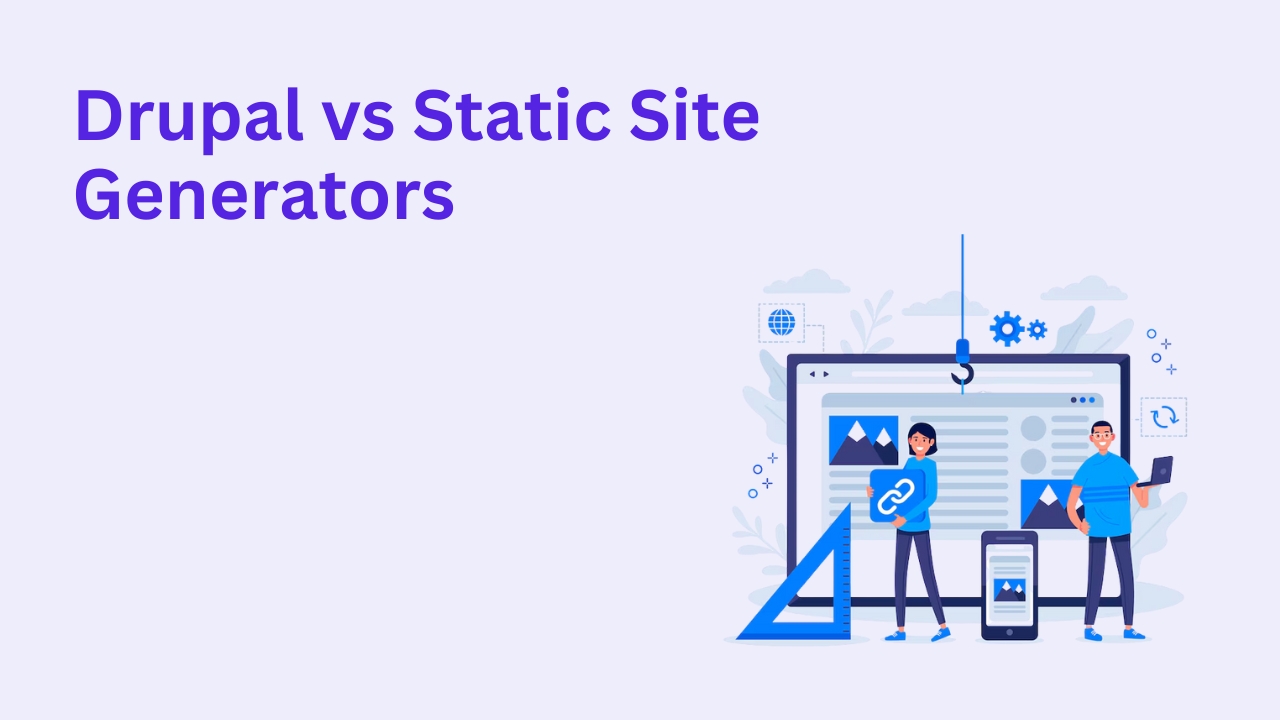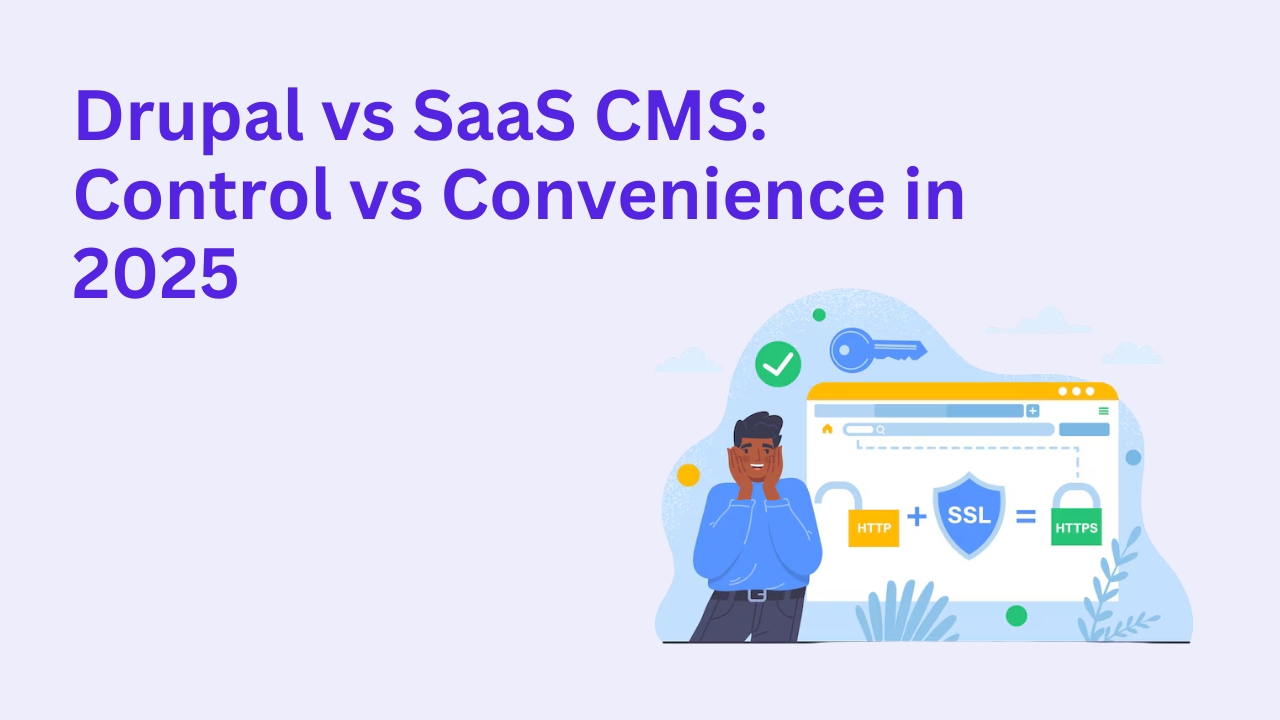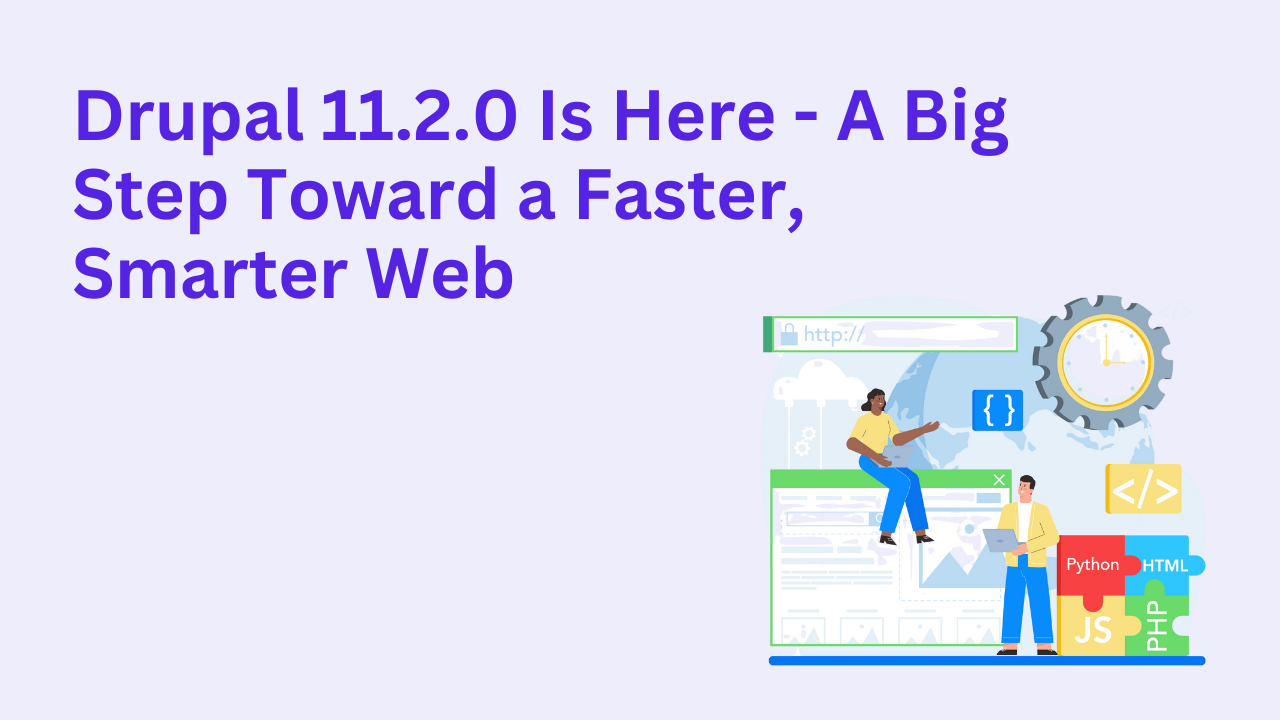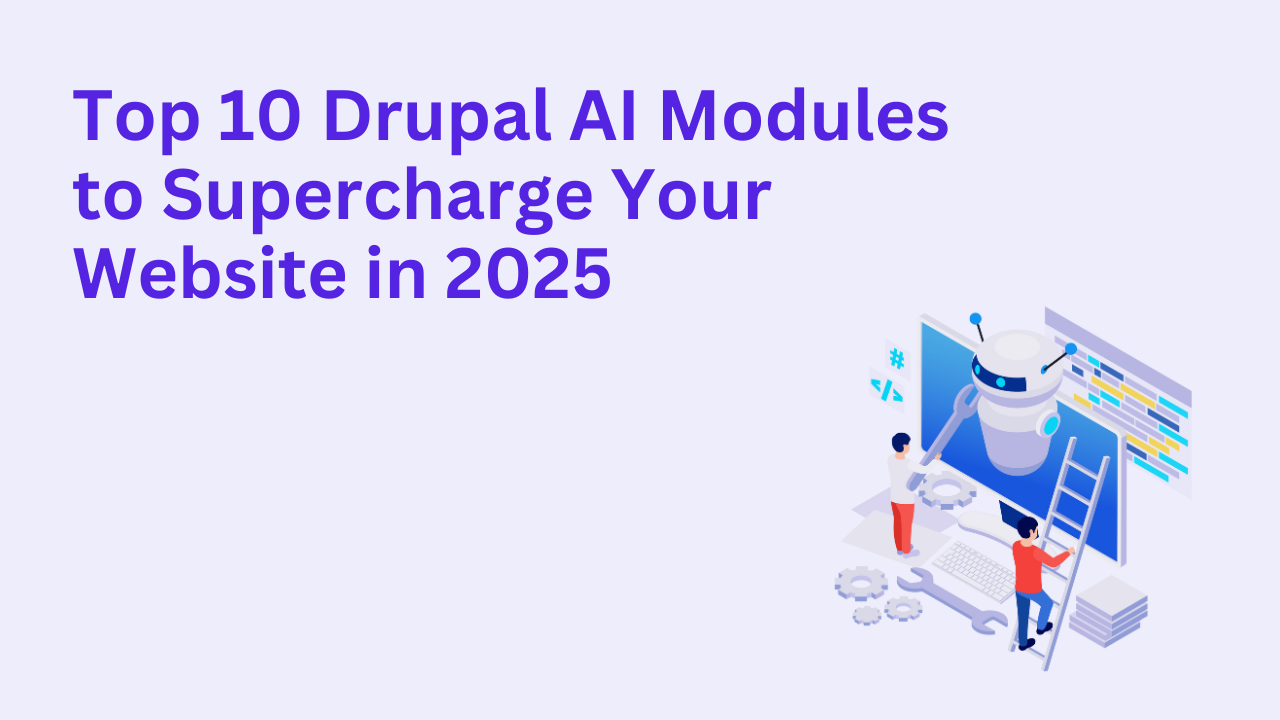Drupal vs Proprietary CMS: The Freedom of Open Source Explained
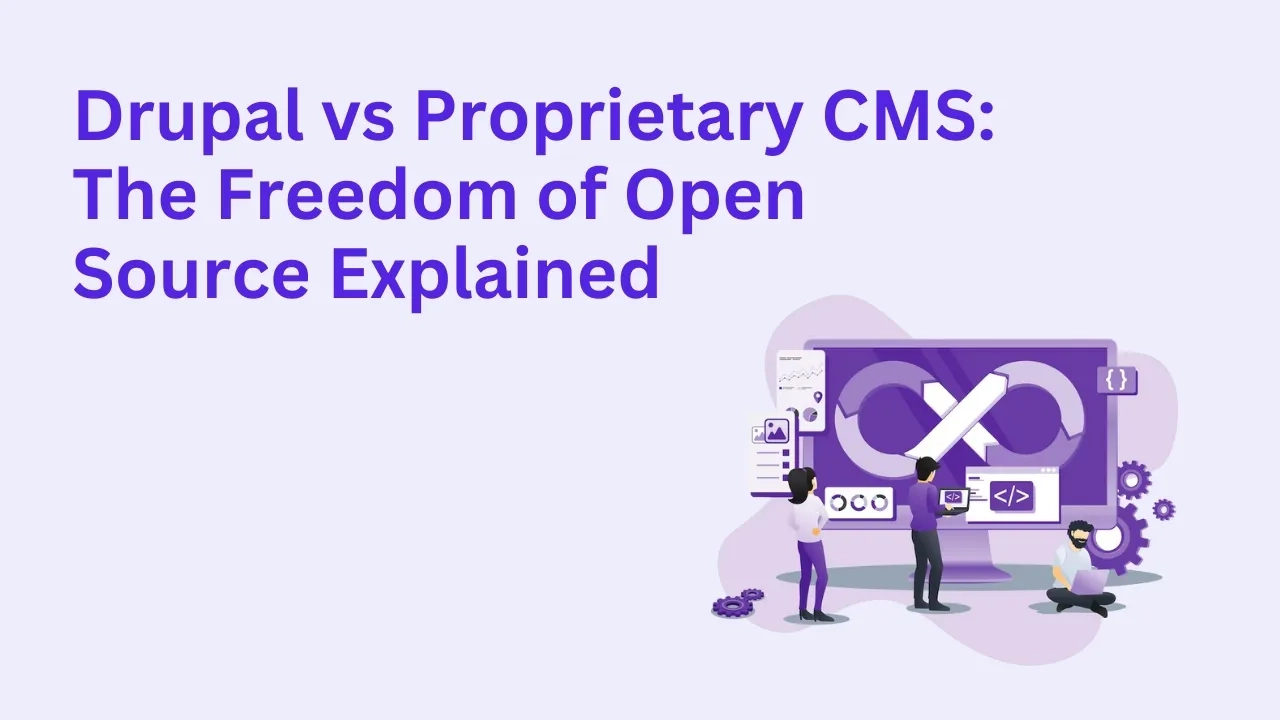
Choosing the right CMS for your business is more than a technical decision—it's a strategic move. In 2025, the choice between an open-source platform like Drupal and a proprietary CMS impacts not only your budget but also your flexibility, security, and long-term digital independence. If you're planning a digital transformation or scaling your operations, understanding this choice is critical.
What Is a Proprietary CMS?
A proprietary CMS is built and owned by a company. Users pay for access, licenses, or subscriptions and often have limited ability to customize or modify the system. Examples include Sitecore, Adobe Experience Manager (AEM), and Kentico. While these platforms offer enterprise-grade features, they often come with high costs and vendor lock-in.
What Is Drupal?
Drupal is an open-source CMS maintained by a global community. It’s free to use, highly customizable, and known for its security, scalability, and robust architecture. Drupal powers websites across industries, from government to higher education to Fortune 500 enterprises.
Cost Comparison: Licensing vs. Freedom
With a proprietary CMS, you’ll typically pay annual or monthly licensing fees, sometimes in the six-figure range for enterprise-grade features. You may also incur additional costs for modules, support, or usage limits.
Drupal, on the other hand, is free to download and use. Your investment goes into development, not software ownership. This freedom allows you to allocate your budget toward building features that deliver direct business value.
Customization: Flexibility vs. Limitations
Proprietary CMS platforms often restrict how much you can customize core functionality or integrations. In contrast, Drupal is built for flexibility. Whether you’re building multilingual platforms, complex user roles, or custom modules, Drupal adapts to your needs—not the other way around.
Security and Ownership
Open-source doesn’t mean insecure. Drupal’s security team actively monitors and addresses vulnerabilities. Drupal is trusted by governments and security-sensitive organizations around the world.
More importantly, with Drupal, you own your codebase and data. You’re not dependent on a vendor’s roadmap, support team, or pricing changes. You maintain full control—something proprietary systems often restrict.
Innovation Without Waiting
When you're locked into a proprietary CMS, you rely on the vendor to release features you need. With Drupal, your team or your development partner can build and launch what your business demands—on your timeline.
Why Businesses Choose Open Source in 2025
In today’s digital economy, businesses prioritize agility. Open-source solutions like Drupal empower teams to move faster, innovate sooner, and scale smarter. You’re no longer bound by closed ecosystems or limited APIs.
If you’re planning a migration or exploring a scalable, future-proof solution, Drupal gives you the tools to grow with confidence.
Ready to make a switch that gives you more control and less overhead?
At Drupalify, we help businesses like yours move from proprietary platforms to open-source freedom—without the complexity. Let’s talk about your CMS roadmap today.


